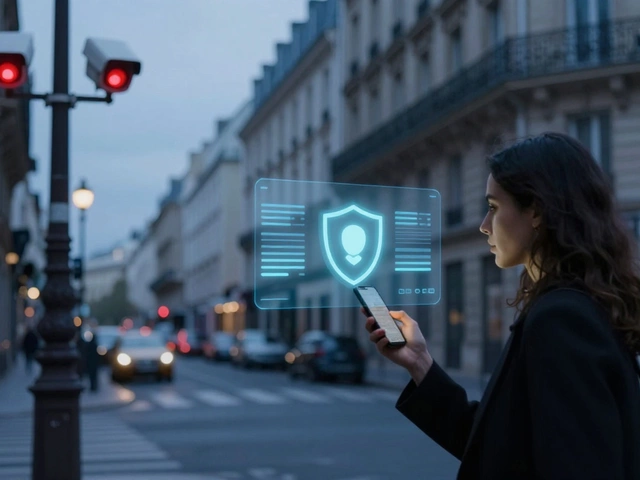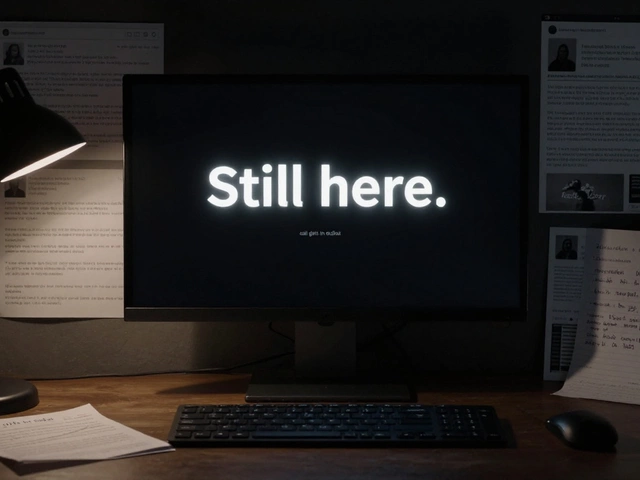Examining the Impact of Outdated Educational Systems
In today's world, the educational system is an essential part of our lives. It has the potential to shape the future of our society, and the way we think about the world. However, with the rapid pace at which technology and society is changing, the traditional educational system is beginning to become outdated. In this article, we will examine the impact of this outdated educational system and how it is affecting our lives.
The Impact of an Outdated Educational System
An outdated educational system can have a negative impact on the quality of education that students are receiving. This is because the curriculum and teaching methods are often not up-to-date with the latest trends in the field. As a result, students do not receive the adequate level of knowledge and skills that are necessary to stay competitive in the job market. Additionally, an outdated educational system can lead to a lack of creativity and innovation. If students are not being taught the latest techniques and ideas, they will not be able to think outside the box and come up with new solutions to problems.
The Benefits of a Modern Educational System
In contrast, a modern educational system can have a positive impact on the quality of education that students receive. This is because the curriculum and teaching methods are up-to-date with the latest trends in the field. As a result, students receive the adequate level of knowledge and skills that are necessary to stay competitive in the job market. Additionally, a modern educational system can foster creativity and innovation. Students are encouraged to think outside the box and come up with new solutions to problems.
Conclusion
In conclusion, it is clear that the traditional educational system is becoming outdated and is having a negative impact on the quality of education that students are receiving. A modern educational system, on the other hand, can have a positive impact on the quality of education that students receive. It encourages creativity and innovation, which is essential in today's job market. As such, it is important to ensure that the educational system is kept up-to-date in order to ensure that students are receiving the best possible education.
Exploring the Need for an Updated Approach to Education
The current educational system has been around for centuries, but is it the most effective way to teach the modern student? Are there new approaches that should be explored? With the rise of technology and new ways of learning, it may be time to consider an updated approach to education.
One of the key elements to consider when exploring new approaches to education is the idea that technology can be an effective tool in the learning process. Technology has the potential to open up a world of information and learning opportunities that were not available in the past. From online courses to interactive tutorials, technology can provide a more engaging and effective way to learn.
Another element of an updated educational system is the idea of personalized learning. Rather than a one-size-fits-all approach to education, personalized learning allows students to tailor their learning experience to their individual needs and interests. This can help students become more engaged and motivated to learn, as they can explore topics that interest them and work at their own pace.
The use of collaborative learning is also essential in an updated education system. Collaborative learning allows students to work together to achieve their goals, and helps them build relationships with their peers. This can help create an environment of support and understanding, and is a key factor in helping students develop the skills they need to succeed.
Finally, an updated approach to education should also consider the importance of critical thinking. Rather than just memorizing facts and figures, students should be encouraged to think critically and come up with unique solutions to problems. This will help students develop the skills they need to succeed in the modern world.
The current educational system has served us well for centuries, but it may be time to consider an updated approach. By exploring new ways of learning, such as the use of technology, personalized learning, collaborative learning, and critical thinking, we can develop an educational system that better serves the modern student.
The Benefits of a Modernized Educational System
The traditional educational system has been in place for decades, and while it has served us well, it is now in need of an upgrade. The world has changed significantly since the days of the one-room schoolhouse, and modern technology has revolutionized the way we access, share, and process information. A modernized educational system has a number of benefits that can help students achieve their full potential.
Increased Efficiency
One of the primary benefits of a modernized educational system is increased efficiency. Technology has made it easier and faster to access information, and online learning has enabled students to learn from anywhere in the world. Online courses allow students to learn at their own pace, and they can also review material as often as they need to in order to ensure they understand the concepts. This type of learning is especially helpful for students who may have difficulty in a traditional classroom setting.
Better Accessibility
A modernized educational system also provides greater accessibility to students who may not have had access to traditional education in the past. Online courses allow students to learn from anywhere in the world, and they can also access resources that may not be available in their local area. Technology has also made it easier for students to access materials that are necessary for learning, such as textbooks, online articles, and videos.
More Opportunity for Growth
A modernized educational system also provides more opportunity for growth for students. By incorporating technology into the classroom, students can explore new topics and develop skills that are necessary for the 21st century. Technology also makes it easier for students to collaborate, share ideas, and learn from each other. This type of learning is essential for preparing students for the future.
Increased Engagement
Finally, a modernized educational system can also increase engagement in the classroom. By incorporating technology into the classroom, students can interact with the material in a more meaningful way. Technology can also enable teachers to measure student progress and provide feedback in real-time. This type of learning can help students stay motivated and engaged in the classroom.
The traditional educational system has served us well for many years, but it is now in need of an upgrade. A modernized educational system has a number of benefits that can help students achieve their full potential. By incorporating technology into the classroom, students can access more resources, explore new topics, and stay engaged in their learning. Ultimately, a modernized educational system can help students succeed in the 21st century.
How Technology is Changing the Educational System
The educational system has been around for centuries, staying relatively the same throughout its existence. But, with the introduction of new tech and the ever-evolving digital world, it’s becoming more and more evident that the educational system is no longer obsolete. Technology has changed the way in which students learn, the way in which teachers teach, and the way in which information is disseminated.
One way in which technology has changed the educational system is through the introduction of new learning platforms. Online classrooms, such as those found on platforms like Coursera and edX, have made it possible for students to learn from the comfort of their own homes. This has opened up education to a much wider audience, making it more accessible than ever before.
Another way in which technology has changed the educational system is through the use of online tutoring services. These services have made it easier for students to find the help they need, when they need it. Tutors are available online at any time, and students can get access to exclusive material that they would not be able to get in a traditional classroom setting.
Technology has also changed the way teachers teach. With the introduction of interactive whiteboards, teachers can now engage students in a much more interesting and innovative way. They can also easily share resources with their students, and even keep track of their progress in real time.
Finally, technology has changed the way in which information is disseminated. The internet has made it possible for information to be shared almost instantly, and this has enabled students to access the latest research and news in their field. This has opened up a whole new world of learning opportunities, as students are now able to explore topics in greater depth and with greater ease.
It is clear that technology has changed the educational system and made it much more accessible and efficient. Technology has opened up a world of new learning opportunities, and it has enabled students to learn in a much more interactive and engaging way. The educational system is no longer obsolete; it is constantly evolving and adapting to the changing times.
Is the Traditional Educational System Still Relevant?
The traditional educational system has been in place for decades, and it has been the cornerstone of our society. With the advent of technology, however, there is an increasing debate as to whether the traditional educational system is still relevant. On one hand, it is argued that the traditional educational system is outdated and does not provide students with the skills and knowledge necessary for the 21st Century. On the other hand, some argue that the traditional educational system is still relevant and still provides students with the skills and knowledge necessary for success in the 21st Century.
When it comes to the debate on whether or not the traditional educational system is still relevant, it is important to consider both sides of the argument. On one hand, it is true that the traditional educational system does not always provide students with the skills and knowledge needed to succeed in the 21st Century. As technology advances and the world becomes more interconnected, the traditional educational system may not be able to keep up with the changing needs of students. Additionally, the traditional educational system can be rigid and outdated in terms of its teaching methods and curriculum.
On the other hand, there is still a case to be made that the traditional educational system is still relevant. While the traditional educational system may not be perfect, it still provides students with the fundamental skills and knowledge necessary for success in the 21st Century. The traditional educational system also emphasizes critical thinking and problem-solving, which are essential skills in today's world. Furthermore, the traditional educational system provides students with the opportunity to develop personal relationships with teachers and peers, which can be beneficial for students’ future success.
In conclusion, the debate on whether or not the traditional educational system is still relevant is ongoing. While it is true that the traditional educational system does not always provide students with the skills and knowledge needed to succeed in the 21st Century, it still provides students with the fundamental skills and knowledge necessary for success. Additionally, the traditional educational system emphasizes critical thinking and problem-solving, as well as providing students with the opportunity to develop personal relationships with teachers and peers. Ultimately, the traditional educational system is still relevant and can be beneficial for students’ future success.


